By Manzanillo Sun Writer from the April 2013 Edition
To The Great Manzanillo Sun Readership,
My initial goal for this series was to satisfy Ian Rumford’s requirement (if it can be stated as such) to give to the readership stories and articles about Mexico. Goodness knows that no one wants to read about the Western Canadian bleak winters where the sun is a strange thing that appears every now and then just enough for people to gather hope for more. I kicked everything off last month with a blurb about the Aztec Priesthood. I really hadn’t done that much background and was behind the power curve to get something out. But I did learn a great deal and figure that if I’m going to do this, I really need to do it properly and so I shall. After the history lesson this month I intend to go off into the realm of the indigenous folklore and mythology. So I will be playing with writing style and technique for the first time in a longtime. Toward this end if anyone has any suggestions or knows any stories or fables concerning the Nahua people, I certainly would like to know about them. I will give full credit where due when used.
I Remain,
Kirby Vickery
Our understanding of the settlement of Mexico by the Nahua people and their culture rests mostly with a monk known as Father Bernardino Sahagun. This remarkable priest arrived in Mexico just eight years after Cortez had taken over virtually enslaving the Indian people and their culture. His interest in their culture was focused into his book, “A General History or the Affairs of New Spain.” It was the actual putting together of this wonderful anthology that made it so accurate and such a boon to later anthropologists in putting the early history of Mexico back together.
His method of forming this history started with his learning the Nahuatl language. He then set up meetings with the Indians who had reliable memories based within their servitude status for the Spanish conquerors. They were questioned and had to respond by painting detailed symbolical paintings. These in turn underwent criticism from a group appointed by the Father. Those criticisms and the original paintings were then handed off to a third group for their scrutiny. The whole thing was shipped off to Spain in 1530 and went hidden for about three hundred years for fear that they would be used to foster paganism in Mexico should they be returned only after he translated the entire thing into Spanish. Some archeologists compare this document to that of the Rosetta stone for its translation into Greek and the Egyptian hieroglyphs.
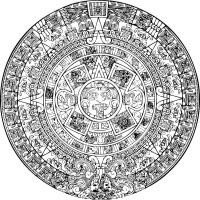
Father Torquemada in the early 1600’s questioned many of the remaining Conquistadores and published his “Monarchia Indiana” in 1613. He also used a lot of the information contained in Father Sahagun’s unpublished work.
The Abbé Clavigero published “Storia Antica del Messico” in 1780. This book did a lot to end the confusion in tradition and the controversy between actual history and mythology. Antiono Gama wrote his published Descripcion historical y Conologica de Las Dor Peiras in 1832.
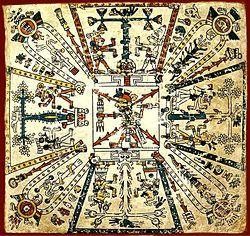
Sahagun’s pictorial drawing
His publication had been followed by a number of historical papers which tell of the Aztec life into the minutest detail. But, they also do something else. In their effort to document the religious side of Aztec daily life, they also expound anthologies of stories on the mythology of these indigenous people.
Within these stories there is a history which can be followed similar to that of modern day comic book super heroes. The more powerful the God then the more powerful the foe had to become for the inevitable battle and vice versa and as time progressed and the subsequent mythological history got deeper the larger and more fearsome these characters became. Some stories everybody in each Aztec community knew. Other stories, like the latest editions of the comic books, came to these people by traveling story tellers. It’s noteworthy to mention the correlation between this society and Europe of the same periods of time (Early Awakening or Renaissance).
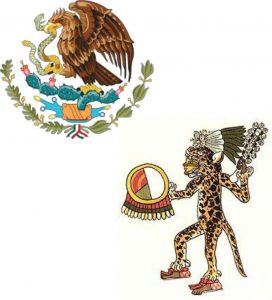
Mexican Eagle Symbol
Download the full edition or view it online
Manzanillo Sun’s eMagazine written by local authors about living in Manzanillo and Mexico, since 2009

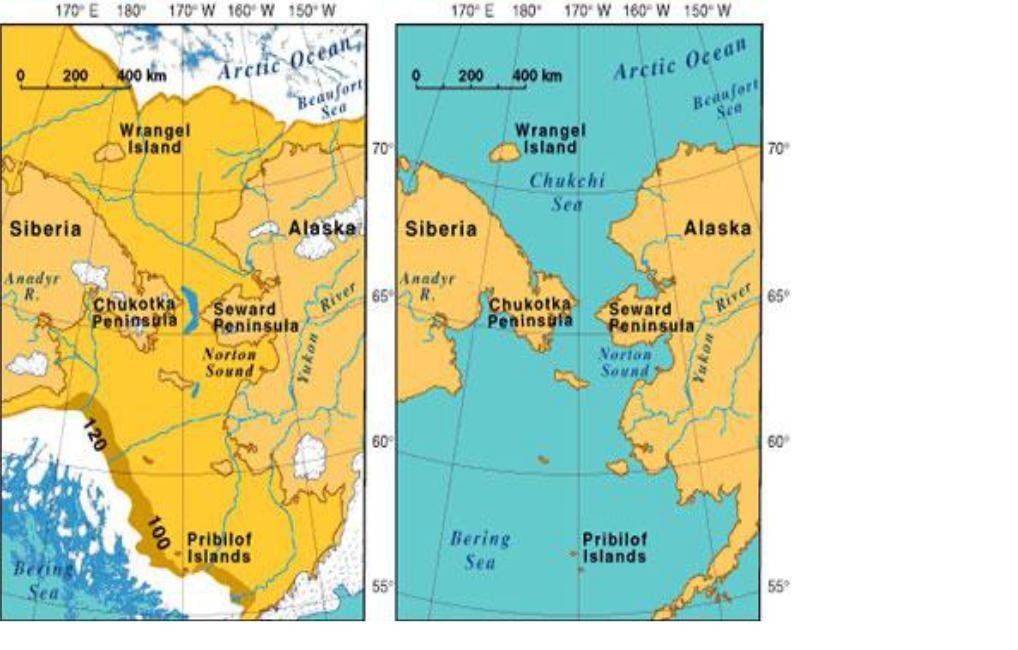
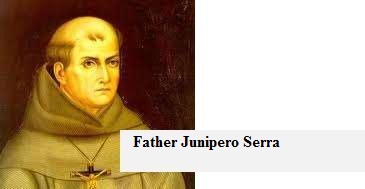
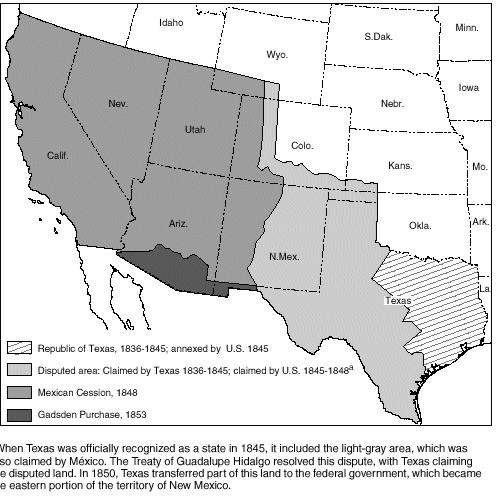
You must be logged in to post a comment.